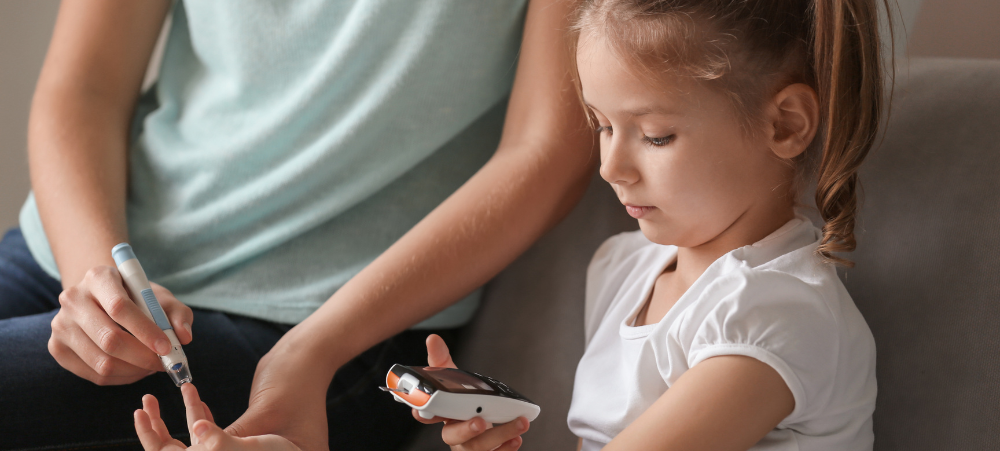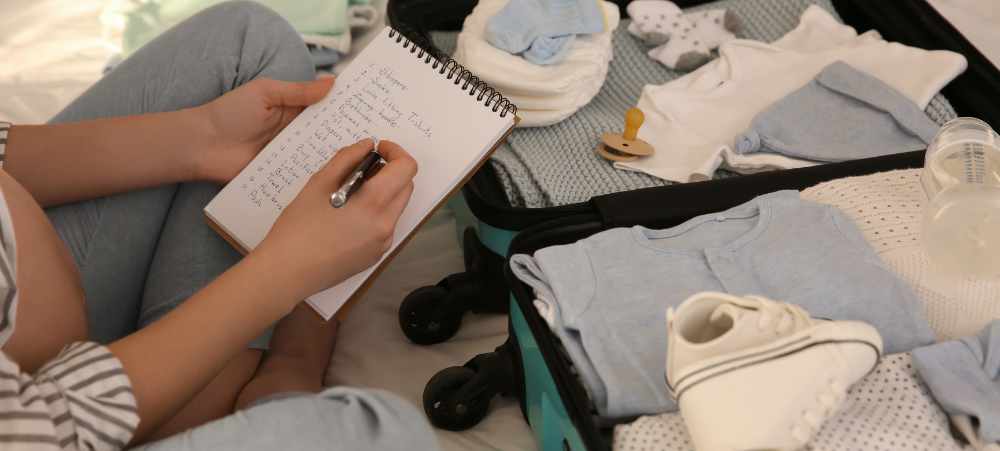The diagnosis of type 1 diabetes in children can be overwhelming, especially in the beginning. Suddenly you and your child – depending on your child’s age – must learn how to count carbohydrates and monitor blood sugar levels and give injections. But even though there is no cure, it can be managed.
Diabetes is a chronic disease, characterised by high levels of blood glucose. ‘In type 1 diabetes your immune system, the body’s system for fighting infection, attacks and destroys the insulin-producing cells of the pancreas,’ explains Dr Themba Hadebe, Clinical Executive at Bonitas Medical Fund. ‘It can lead to serious damage to the heart, blood vessels, eyes, kidneys and nerves. However, advances in blood sugar monitoring and the delivery of insulin have improved blood sugar management and quality of life for children with type 1 diabetes.’
Statistics currently show that there are close to 5 000 adolescents that live with Type 1 diabetes in South Africa.
Type 1 diabetes can be either:
- Hyperglycaemia: When your blood sugar levels are too high. It is the hallmark of diabetes onset and it usually continues to occur on and off after you start treatment
- Hypoglycaemia: Sugar levels are too low. This usually occurs as the result of diabetes treatment, particularly insulin administration which lowers blood sugar
How does diabetes in children and adolescents start?
It can come on suddenly or gradually in children and teens and parents often aren’t aware of the symptoms or patterns that point to a potential diabetes diagnosis. Symptoms may be similar to those of flu but, if diabetes is the cause, the sooner it’s diagnosed, the better.
Symptoms of Hyperglycaemia: High blood sugar Increased hunger
The body’s cells are not able to utilise glucose for energy due to a lack of insulin or insulin resistance, leading to a craving for more food.
- Dry mouth: A dry mouth is one of the most common symptoms which can cause trouble chewing, swallowing or speaking, dry cracked lips, sores or infections in the mouth or a furry, dry tongue
- Frequent urination (especially at night): Excess glucose in the blood spills into the urine, drawing water with it and increasing the frequency of urination. This in turn increases thirst
- Weight loss: Despite increased food intake, the body starts breaking down fat and muscle for energy, due to the lack of insulin
- Fatigue: The body’s cells cannot use glucose for energy efficiently, leading to feelings of tiredness and fatigue
- Blurry vision: High sugar levels in the blood can damage the tiny blood vessels in the eyes, causing fluid to seep into the lens, potentially causing blurry vision
- Slow-healing sores or frequent infections: Over time, high blood sugar levels narrow your blood vessels, slowing blood circulation and restricting much needed nutrients and oxygen from getting to the wounds. As a result, even small cuts and wounds may take weeks or months to heal
- Fruity-smelling breath: The breakdown of fat for energy produces ketones, which can cause a fruity smell in the breath
- Ketoacidosis: This is when blood sugar levels are very high and the body starts making ketones. It is a very serious condition that needs immediate in hospital treatment, sometimes in the intensive care unit. If not treated right away, there is a risk for diabetic coma. A child with a diabetic coma loses consciousness because of brain swelling due to very high blood sugar levels
Symptoms of Hypoglycaemia: Low blood sugar
- Trembling: Low blood sugar levels trigger the release of adrenaline, which causes shakiness
- Sweating: The body’s response to low blood sugar includes releasing adrenaline, which can cause sweating
- Hunger: The brain detects low blood sugar and signals the body to eat
- Irritability or moodiness: Low blood sugar levels can affect brain function, leading to mood changes
- Fatigue: The brain and muscles are deprived of glucose, leading to feelings of tiredness
- Paleness: The body’s stress response to low blood sugar can cause blood vessels to constrict, leading to paleness
- Headaches: The brain is sensitive to changes in blood sugar levels, low levels can cause headaches
How is type 1 diabetes treated?
A daily dose of insulin is needed to keep the blood glucose level within normal ranges. Insulin is given either by injection or via an insulin pump. Your child’s healthcare provider will show you how to give your child insulin with either method.
Dr Hadebe says, ‘to make it easier for children and adolescents to monitor glucose levels and administer insulin the Scheme offers Insulin Pump Therapy and Continuous Glucose Infusion Monitoring device (CGM) to members under the age of 18.’
- Eating the right foods to manage blood glucose levels. This includes timing meals and counting carbohydrates
- Exercise
- Regular blood testing
- Regular urine testing for ketone levels
How can I help my child live with type 1 diabetes?
The diagnosis affects the entire family emotionally – there are various support groups and organisations for children with Type 1 diabetes and their families. A younger child may not understand all the life changes, such as glucose monitoring and insulin injections, this can lead to anxiety and depression. They may feel different from their peers, try to treat them as a normal child, with managing diabetes as just one aspect of their daily life. Ask your healthcare provider for more information and call them if you need help.
Also ensure they are following the treatment plan and are eating the right foods, exercising and testing their blood and urine.
Early detection and comprehensive management are key to ensuring children with Type 1 diabetes lead healthy, fulfilling lives.
Remember that your GP is your first port of call for all your healthcare needs.
For 2025 we have a renewed Female Health Programme:In collaboration with CareWorks, it’s accessible to all female members aged 18 and above, with an emphasis on preventative care and early detection of female-specific health issues. In addition, we have an enhanced Maternity Programme to support expecting mothers. This includes early identification of and weekly engagement for high-risk pregnancies, post-childbirth care and associated mental health follow-up calls for new mums, given the prevalence of pre and postnatal depression. Also, milestone reminders for children under 3 and cover for antenatal vitamins through savings, day-to-day benefits or the Benefit Booster
Bonitas Medical Fund
0860 002 108
View Website: www.bonitas.co.za
- Mental health matters during the festive season: Let’s normalise getting help - December 11, 2025
- Neonatal jaundice, what is it and what happens if my baby is born with it? - December 8, 2025
- Smoking and pregnancy – should I quit - December 4, 2025






1 thought on “The lowdown on diabetes in children and teenagers”
informative and educational article!